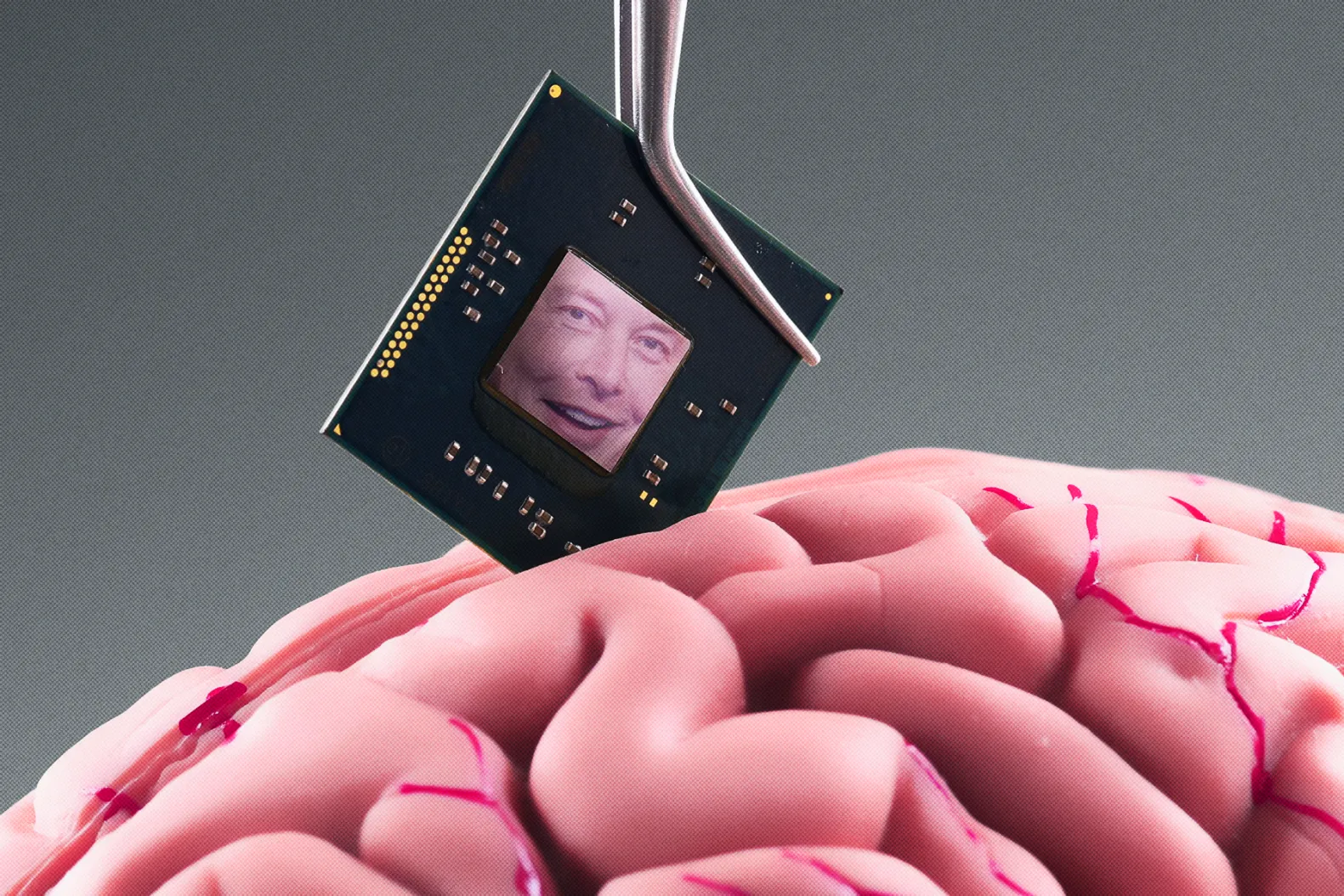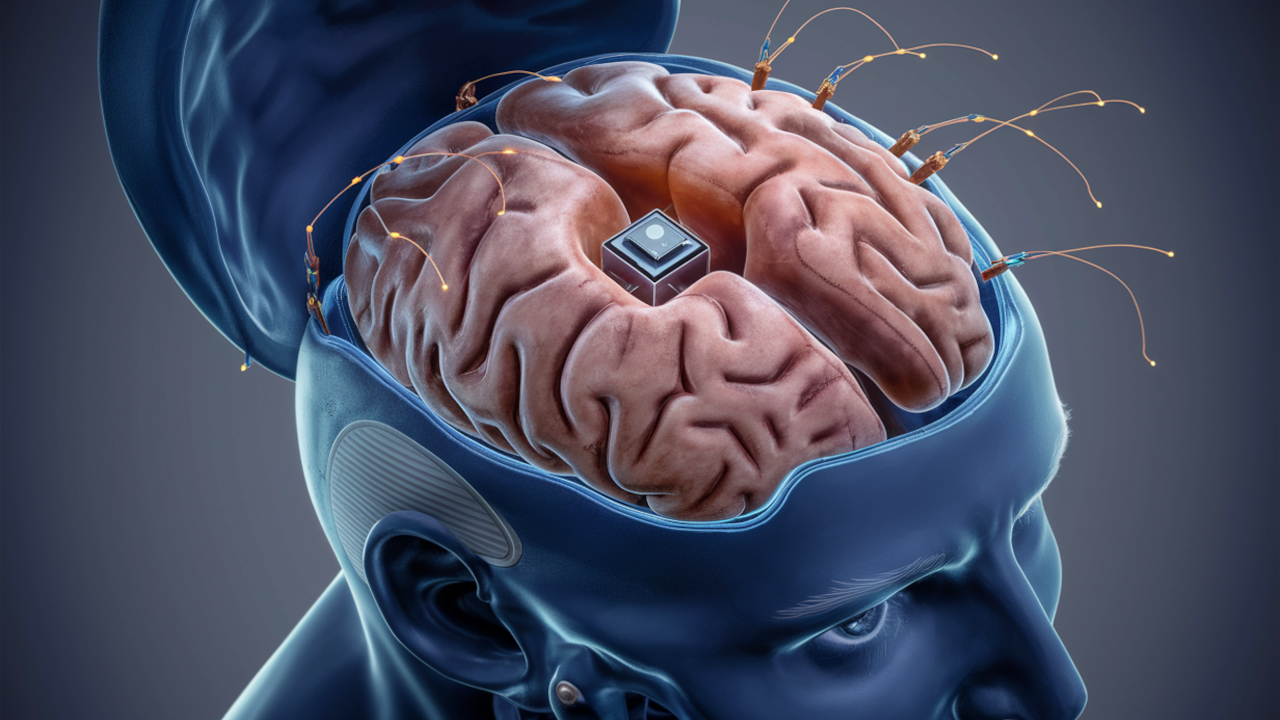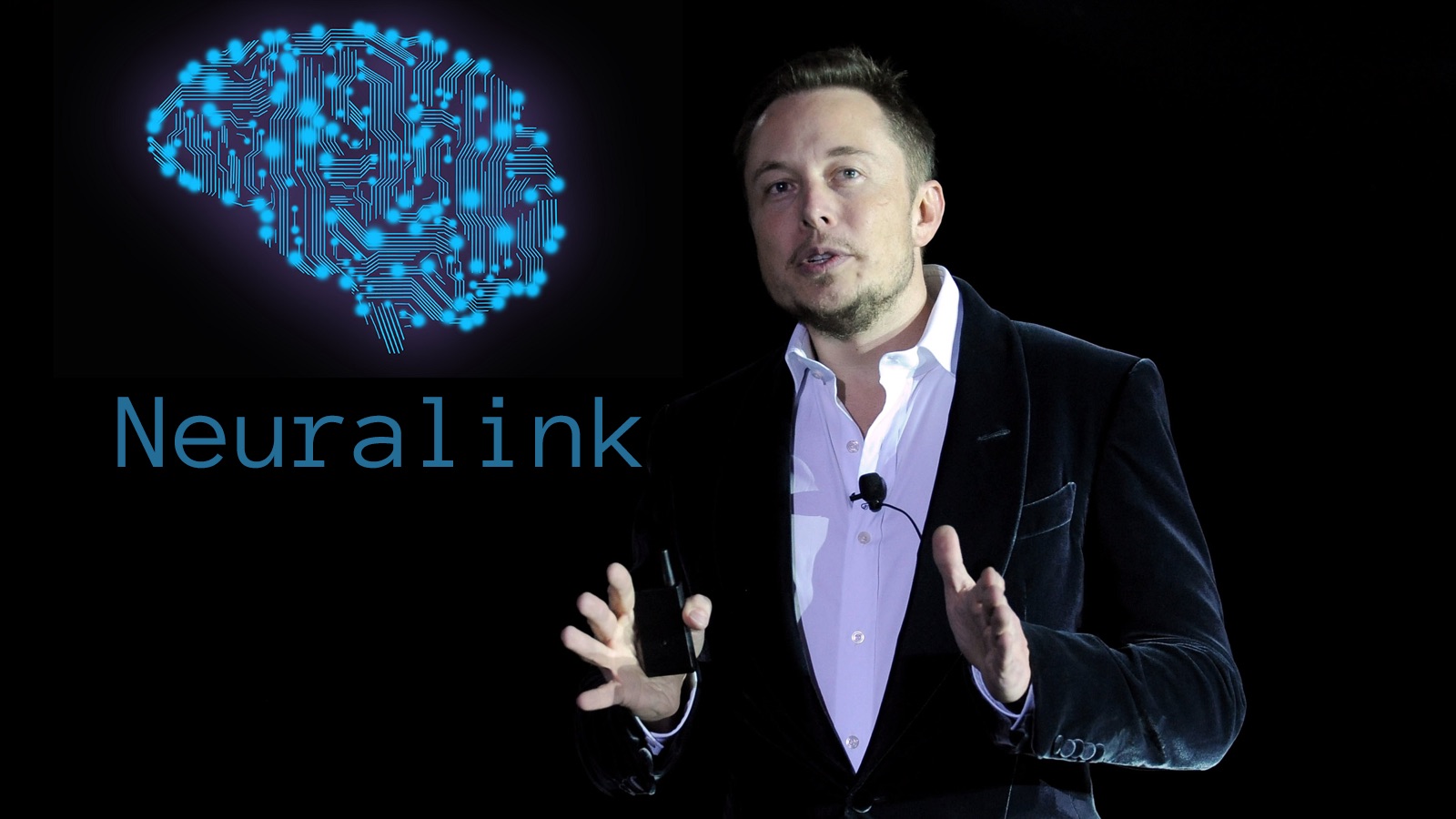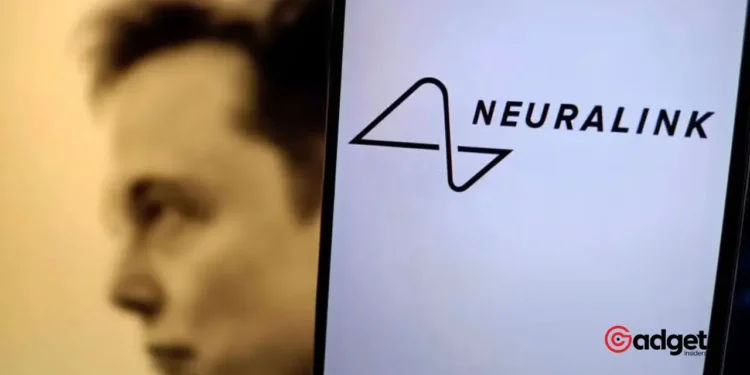In a world where science fiction increasingly merges with reality, Elon Musk’s Neuralink is pushing the boundaries of what’s possible. The tech visionary’s company is now inviting individuals to participate in groundbreaking experiments that could redefine human interaction with technology.
Neuralink is currently opening applications for volunteers willing to have a cybernetic implant placed in their brains, marking a significant step forward in their innovative program.

Neuralink’s Mission: Transforming Lives Through Technology
Neuralink’s latest recruitment drive is specifically targeting individuals suffering from quadriplegia due to spinal cord injuries or amyotrophic lateral sclerosis (ALS). The company’s pioneering technology utilizes advanced electrodes and wires designed to decode neural activity related to the intention of movement. This allows users to control digital devices merely through their thoughts, promising a new level of independence for those with severe neurological conditions.
The ultimate aim of Neuralink is to restore autonomy and improve the quality of life for individuals with debilitating neurological disorders. Elon Musk, the mastermind behind this audacious project, emphasized the transformative potential of the implant on social media platform X (formerly Twitter), which he owns. He tweeted, “Neuralink is accepting applications for the second participant. This is our Telepathy cybernetic brain implant that allows you to control your phone and computer just by thinking.”

Triumphs and Challenges: Reflecting on the First Human Trial
The initiative first made headlines five months ago when the initial human trial was conducted on Noland Arbaugh, who was paralyzed in 2016 following a diving accident. The implant enabled Arbaugh to manoeuvre a computer cursor using his mind, even allowing him to play chess, which was showcased in an online video.
Speaking to Good Morning America, Arbaugh shared his emotional and life-changing experience: “I didn’t have anything to wake up for in the morning, and this has changed that for me. I was just very happy that I would be a part of something that I believe is so monumental. This is the next step forward of helping people with paralysis.”
Despite the success, the trial was not without its setbacks. Issues with the device’s processing power necessitated its removal, an event that deeply affected Arbaugh. He admitted, “I cried” after the device was taken out. Additional complications included damage to the threads that link the device to the brain, a problem that the company was aware of prior to the trial.
The Road Ahead: Controversy and Curiosity
Neuralink’s journey is filled with both scientific intrigue and public scrutiny. The ambitious nature of merging human cognition with artificial intelligence opens up a myriad of ethical and safety concerns, which Neuralink continues to navigate.

As we look to the future, the possibilities of such technology are as vast as they are complex. With each volunteer and each test, Neuralink moves one step closer to a future where the physical limitations of the body do not restrict the human experience. Interested individuals can learn more about the application process and contribute to a potentially life-altering project that might one day lead humanity into a new era of interaction and independence.










